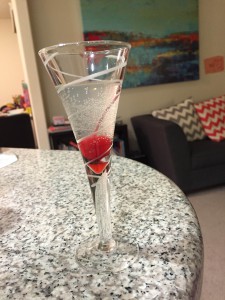I came across an interesting question on Growth Hackers and decided to respond – What’s the best way to clean out old blog posts?
This particular poster has a large number of blog posts that no longer apply to the company’s current business model. They get web traffic, and interest from potential customers, but the company doesn’t actually offer that product anymore.
I haven’t been in this extreme of a situation, but I have made hay from older posts and web pages in numerous web make-overs and relaunches.
The truth is that older web pages and blog posts do build up a lot of good Google juice. Both traffic and authority can develop out of older content that’s had a good run.
But things change, and so can your site’s content.
Here is how I’d approach this particular problem.
1st, I’d rank monthly traffic to the old posts in question. Below some cutoff, I’d characterize the posts into two or three segments and permanently redirect each segment to the best page from a related content perspective. As in, find the closest similar content on the site and point all of the low-traffic posts in that segment to that page.
The reason I’d do this is to preserve what you can of the link juice, while eliminating the content on the site that causes confusion for the visitors by offering a product that you just don’t sell anymore.
For the higher traffic posts, I’d find a way to rewrite the post to apply to the current business model. Unless the business had DRAMATICALLY changed, as in you used to be an uber for dog sitters and now offer marketing automation software, I think you can come up with content that is related enough to keep Google sending the traffic.
I’d approach the rewrite from a customer experience perspective. The goal is to provide something of value to the visitor. Google appreciates new content on well ranking pages, so ‘refreshing’ the content in a way that it overlaps with the visitor intent and your company’s new direction should be successful from retaining your ranking and providing a visitor experience that keeps the person engaged with the page.
A few SEO notes on the refreshed content:
- I’d keep the URL the same.
- If you can use the main keyword of the page (the former title probably) in the first or second paragraph to try to preserve some of the juice.
- The goal should be engaging content that scoots the visitor toward your current business model


